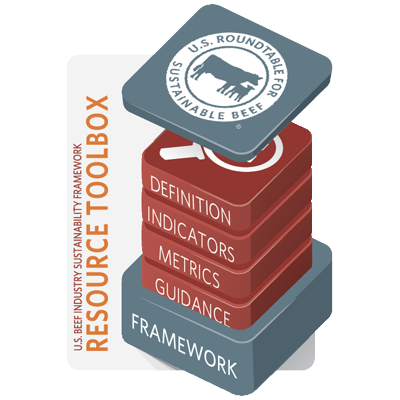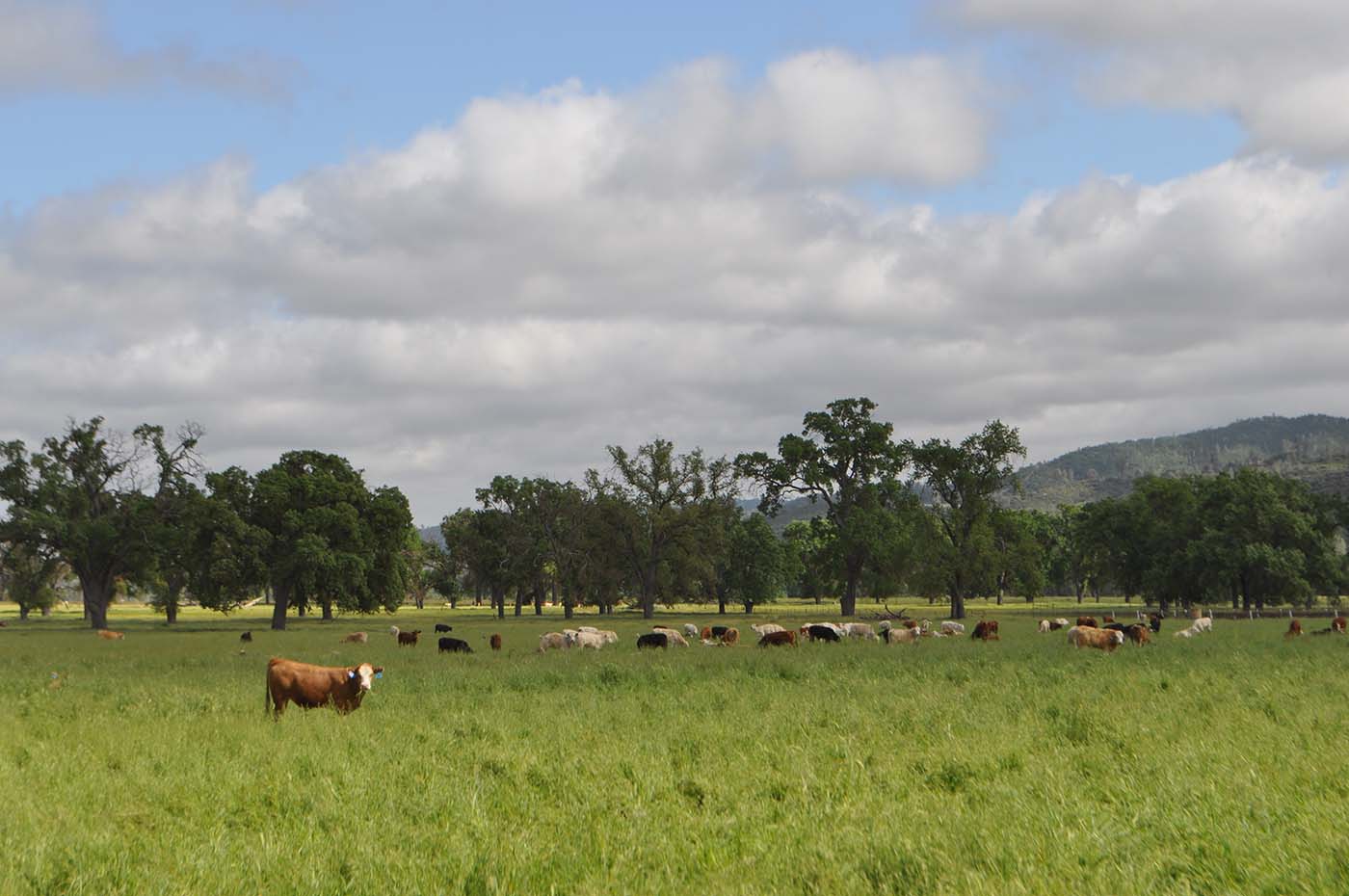
Introduction
The U.S. Beef Industry Sustainability Framework is a resource developed to identify opportunities for continuous improvement in all types of operations and companies throughout the beef industry.Engaging each sector of the value chain was a critical component of the Framework development. From cattle production to value chain sourcing and from veterinary science to soil health, these diverse backgrounds and expertise created a comprehensive and scientifically informed Framework that can be adapted to diverse operation and company situations in the beef industry.The ability to establish benchmarks for current conditions and assess progress toward goals is critical to the U.S. beef industry’s sustainability efforts. The USRSB is committed to measuring and documenting sustainability progress over time and will use surveys, the U.S. Beef Industry Life Cycle Assessment, and reported information to measure the implementation effectiveness of the U.S. Beef Industry Sustainability Framework and how it can best assist with industry wide progress.The Framework is an extension of the USRSB’s definition of sustainable beef; a socially responsible, environmentally sound, and economically viable product that prioritizes planet, people, animals, and progress. The Framework is comprised of high-priority indicators, sector specific metrics, and sustainability assessment guides.
HIGH-PRIORITY INDICATORS
We developed six High-Priority Indicators: animal health and well-being, efficiency and yield, water resources, land resources, air and greenhouse gas emissions, and employee safety and well-being. These indicators are the foundation of the Framework, defining the areas most important to beef sustainability for the entire supply chain.
Metrics
Metrics measure activities linked to each of the high priority indicators. The metrics were developed to address the unique characteristics of each segment of the value chain, outlining ways an operation or company can measure sustainability progress. The approach and development of metrics was owned by each value chain sector with an expectation to actively engage other stakeholder groups including civil society and allied industry members.
Sustainability Assessment Guides
To operationalize the metrics, a technical guidance document was needed to aid user understanding and facilitate implementation. This effort led to development of the Sustainability Assessment Guides (SAGs) for each sector which provide value chain members additional tools and resources for assessing their own operation in relation to the high priority indicators and accompanying metrics. Much like the metric development process, value chain sectors took the lead in developing these resources utilizing feedback received from every sector. The SAGs outline the purpose and resources for approaches and methods to improve each metric.
Continuous Improvement Implementation Strategy
The U.S. beef value chain is committed to continually seeking opportunities for voluntary improvement, by implementing the Framework. In turn, the Framework will help connect consumers to the beef production community, answering questions they may have about beef production. As value chain participants apply the Framework, and develop and implement the plans and practices described, it may be useful for all value chain participants to answer the following questions to help measure the effectiveness of efforts, document progress, and ensure continuous improvement over time:
Indicator Improvement Process:
How will the indicator be improved through implementation of the metric?
Metric Success Criteria:
What constitutes continuous improvement for the metric as it applies to the operation? What outcomes need to be improved?
Metric Implementation Plan:
What will be measured, when, how, and by whom?
Metric Recording Strategy:
How will the metrics be recorded, benchmarked, and analyzed within the operation?
